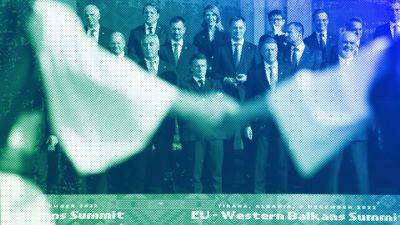Where in Europe do people pay the highest taxes?
According to the Tax Foundation, single average wage workers in Europe were paying about one third of their wages in taxes in 2022. Unsurprisingly, tax burdens across Europe vary significantly, with workers in Western European and more developed countries paying considerably more.
Denmark (55.9%), Austria (55%), Portugal (53%), Sweden (52.3%) and Belgium (50%) are some of the countries with the highest personal income tax rates.
On the other hand, Romania (10%), Bulgaria (10%), Bosnia and Herzegovina (10%), Kosovo (10%) and North Macedonia (10%) are the European countries with the lowest taxes.
However, surprisingly, not all citizens are unhappy about higher taxes, including in Denmark, where taxes can reach an eye-watering 55.9%.
In this case, many citizens consider the payment to be an investment in the collective future of the country and society, or akin to buying a certain quality of life. To note, Denmark was ranked the second happiest country in the world for the fourth year in a row, according to the 2023 World Happiness Report.
This allows all segments of society, regardless of gender, socio-political or economic standing, to take advantage of the same opportunities, thus considerably reducing economic and social burdens. Most education, especially higher education in Denmark is free, with college students also receiving a grant from the Danish government.
This support continues into the workplace, with parents being entitled to 52 weeks of parental leave, out of which 32 weeks are paid by the state. The Danish labour market model, dubbed the flexicurity model, also provides flexibility for employers and security for workers, while also emphasising active labour participation. This allows both workers and the state







